Patriot Viper Gaming 3600Mhz 64GB Blackout Edition Memory Review
Author: Dennis GarciaBenchmarks - Synthetic
ASUS Maximux XII Hero – Z490 Chipset
Intel Core i9 10900k (3.7Ghz) Deca Core 10 x 32KB L2 Cache 10 x 256KB L3 Cache 20MB
Thermaltake Water 2.0 Extreme
1x nVidia RTX 2080 Super
Crucial MX500 500GB SSD
HP dvd1260i Multiformat 24x Writer
Thermaltake Toughpower Grand 1050 Watt PSU
Windows 10 Pro 64bit
Memory Tested
2x Patriot Viper Blackout Edition PC4-28800 64GB DDR4 (18-20-20-40)
Reference Tested
4x GSKILL TridentZ NEO PC4-3466 32GB DDR4 (16-18-18-38)
2x GSKill TridentZ PC4-27700 8GB DDR4 (16-18-18-38)
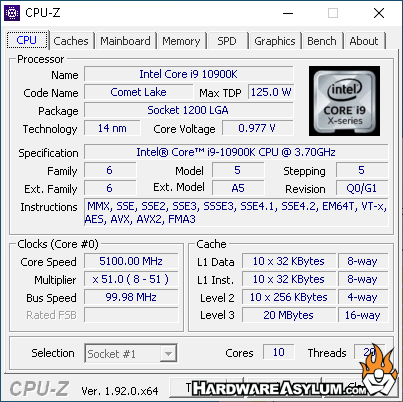
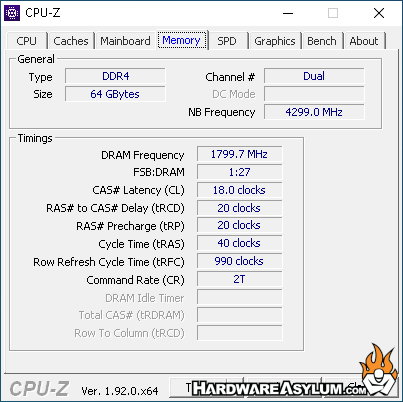
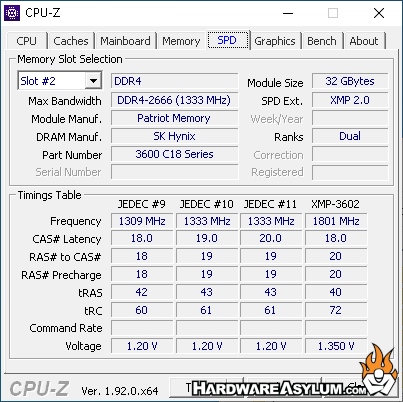
Sandra is a software collection of synthetic benchmarks that will give us a basic idea as to what a system is capable of. It should be noted that SiSoft numbers change depending on what hardware is being tested. These were recorded using Sandra Professional Version 30.29.2020.5
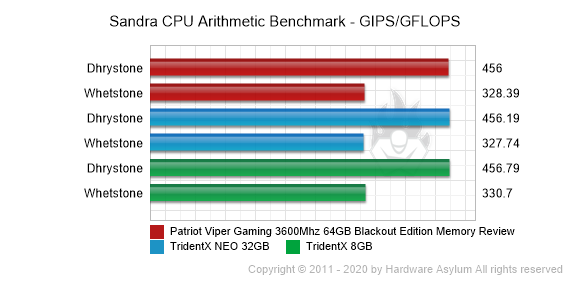
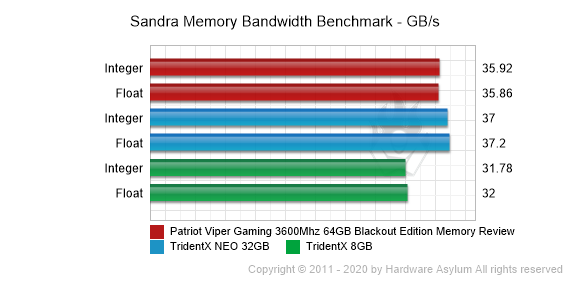
AIDA64 Extreme Edition is a streamlined diagnostic and benchmarking software package designed to assist with overclocking and general system tuning. The package also contains modules to assess the performance of the processor, system memory, and disk drives in addition to normal stuff like stress testing and troubleshooting.
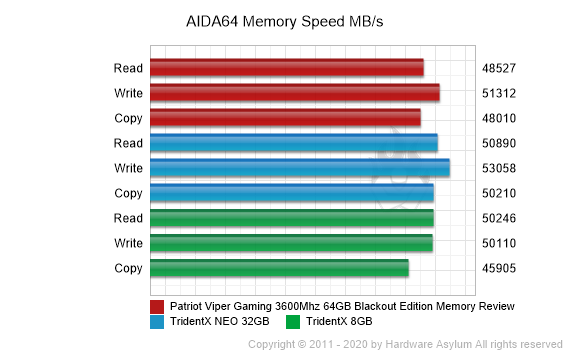
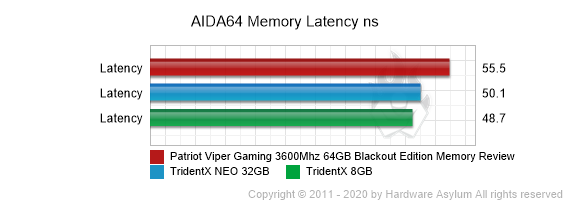
Unigine is a synthetic benchmark much like 3DMark Vantage, but supports the newest of DirectX 11 technologies. The benchmark comes with lots of heavy tessellation and soft shadows to work the more flexible shaders found on DirectX 11 graphic cards. This makes this benchmark ideal for seeing exactly what a best case scenario might look like for a DirectX 11 capable GPU.
Benchmark Settings
HWBot Benchmark
DirectX 11 Presets
DirectX 9 Presets
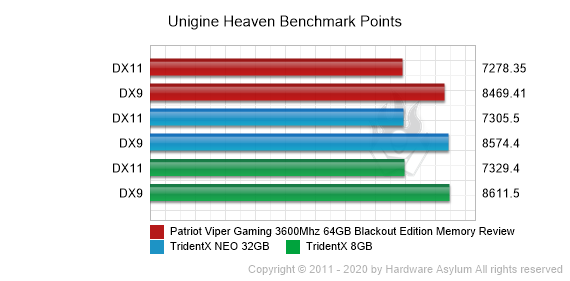
SYSmark 2018 is an application-based benchmark that reflects usage patterns of business users in the areas of Productivity, Creativity and Responsiveness. The new Productivity Scenario has updated workloads and applications geared towards office centric user activities. The new Creativity Scenario which has updated workloads and applications geared toward media centric user activities and the new Responsiveness Scenario models “pain points” in the user experience when performing common activities.
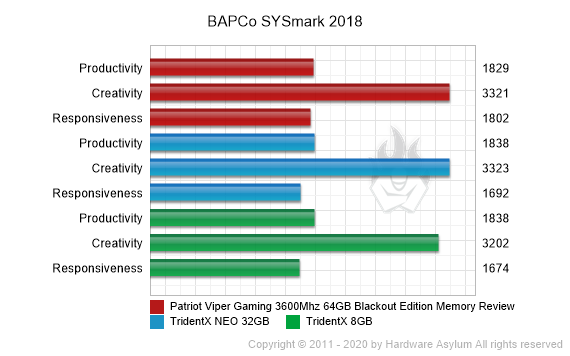
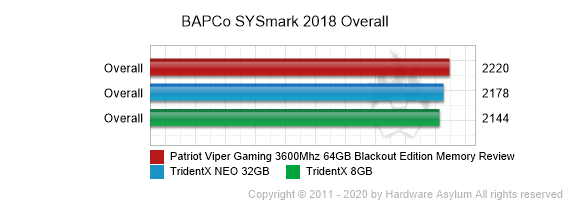
PCMark 10 is an overall system benchmark to measure and compare PC performance using real-world tasks and applications. Similar to 3DMark this new version tests the entire system as a whole using applications that reflect typical PC use in the home and at the office. This approach ensures that PCMark measures the things that matter, highlighting performance differences that will be apparent to end users and consumers.
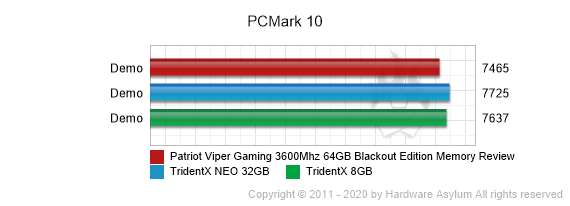
When you are dealing with performance memory modules you basically have two modes to choose from. You have the JEDEC mode which is the default and you get this without any BIOS modifications. This will offer stable performance and is the way just about every OEM computer system is configured.
Enabling XMP is by far the fastest way to increase system performance and was the basis of this review. To give these numbers some context I matched them up against two very common configurations with similar speeds. The Trident NEO is a quad channel memory kit running at 3600Mhz and at 32GB (8GB per module). The second kit is running slower at 3466Mhz and is only 4GB per module and the results tell an interesting story.
The statement that having more memory is better is a true statement however, that is not the only thing that matters. At the synthetic level the 32GB reference kit in this review was the fastest configuration because it had the lowest latencies. The Viper 4 Blackout modules may have had more capacity but the additional chips increased the overall latency and made them slower.
However, anyone in the market for a 64GB kit of memory won't care much about module latency and the SYSmark 2018 scores are the primary reason. When running real world applications in a multithreaded environment the more memory you have the less your system will need to cache to storage.

